
Broken or malfunctioning screens are one of the most common laptop issues. We provide fast and reliable screen replacement services for all major brands. Whether your screen is cracked, displaying dead pixels, or showing other visual issues, our skilled technicians can restore your laptop’s display to its original clarity.
A faulty battery can severely limit your laptop's portability. We offer genuine battery replacements to ensure your device runs longer and performs optimally. Whether you have an aging battery or one that no longer holds a charge, we have the right solution for you.

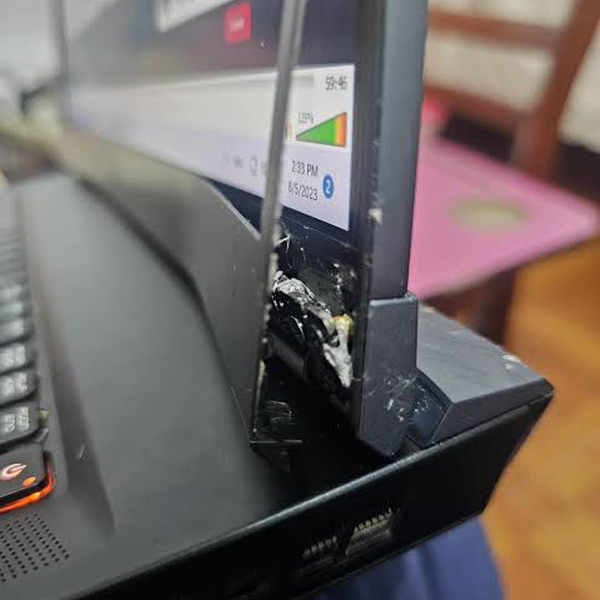
Laptop hinges are crucial for maintaining the structural integrity of your device. Damaged hinges can lead to further issues like screen damage or difficulty in opening and closing the laptop. Our team can expertly repair or replace faulty hinges, ensuring your laptop operates smoothly.
Replacing the base panel of a laptop is a relatively common repair, often necessary when the panel is cracked, damaged, or worn out. The base panel is the bottom part of the laptop that houses and protects internal components like the motherboard, battery, and hard drive.
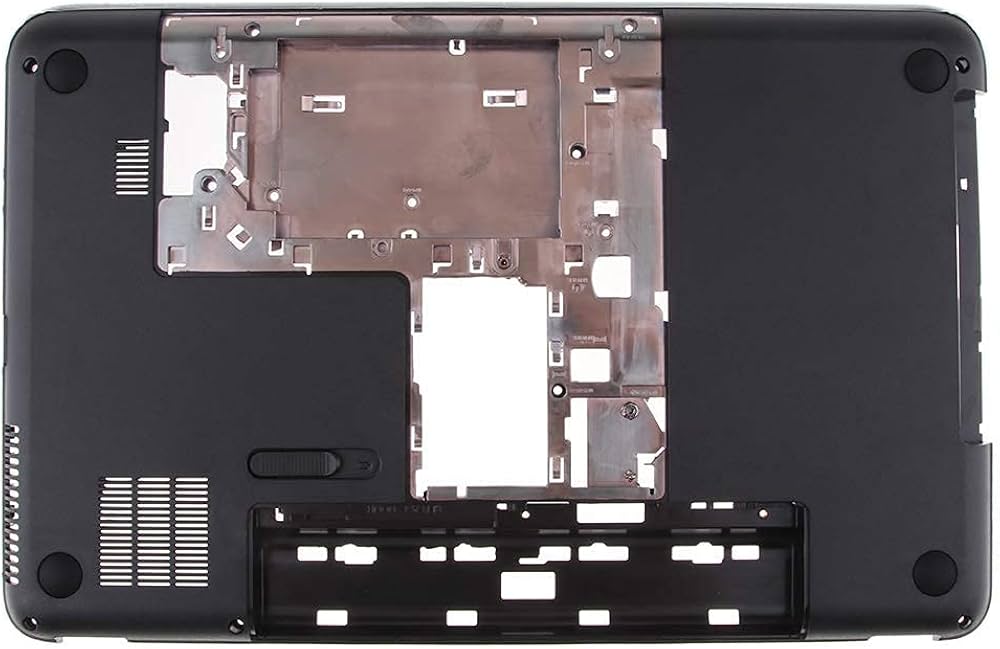
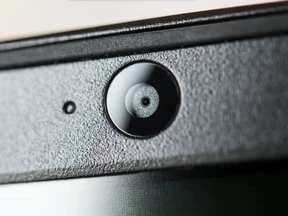
Laptop web camera replacement involves replacing a malfunctioning or damaged webcam on a laptop with a new or refurbished unit. This is necessary when the webcam fails to function correctly, is damaged, or is producing poor-quality images.
Upgrading your laptop's RAM (Random Access Memory) can significantly enhance its performance by increasing its ability to handle multiple tasks simultaneously. More RAM allows your laptop to manage larger files and run more applications at once, reducing lag and improving overall speed. This upgrade is especially beneficial for tasks such as video editing, gaming, or running virtual machines. To upgrade, you'll need to ensure compatibility with your laptop's specifications, including the maximum supported memory and type of RAM.
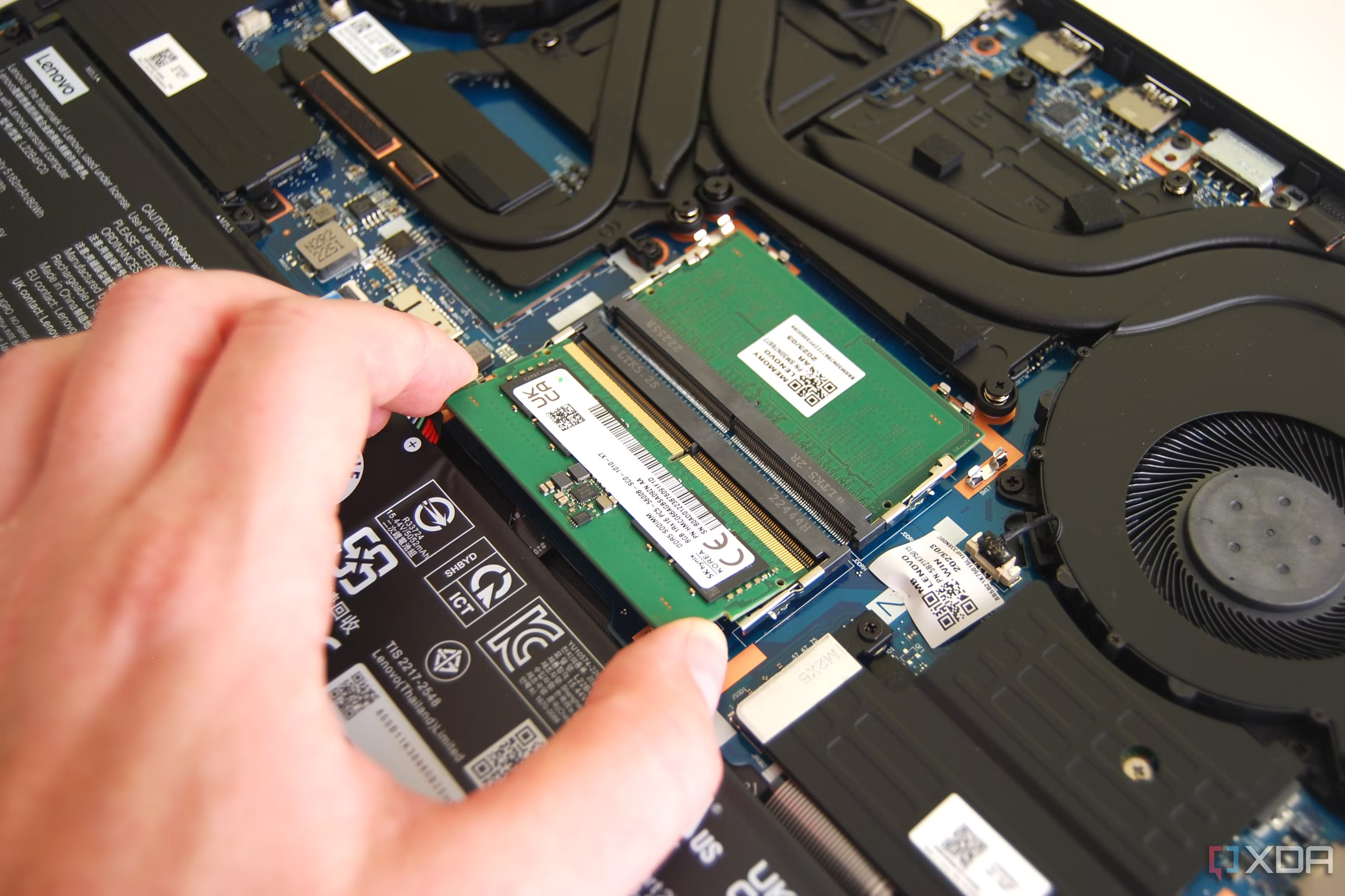
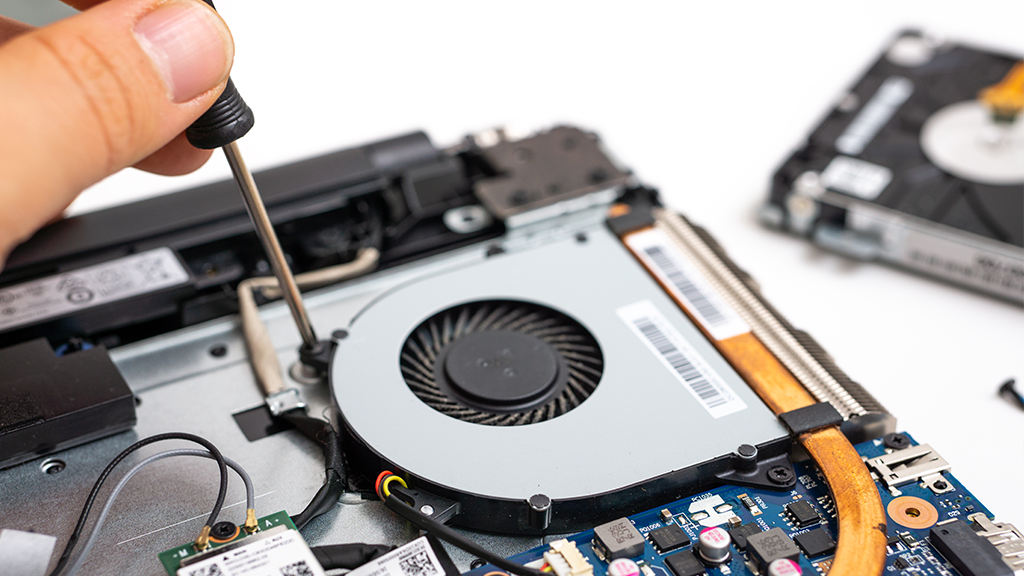
Replacing a laptop fan is crucial for maintaining optimal performance and preventing overheating. Over time, laptop fans can become clogged with dust or suffer from mechanical failures, leading to inadequate cooling and potential damage to internal components. To replace a laptop fan, carefully disassemble the laptop, remove the old fan, and install a new one, ensuring proper alignment and connection to the motherboard. Regular maintenance and timely replacement of the fan help ensure efficient cooling, prolong the lifespan of your laptop, and keep it running smoothly.
Laptop liquid spill or water damage occurs when a liquid, such as water, coffee, or juice, comes into contact with the internal components of a laptop, potentially causing significant harm. The liquid can short-circuit electrical circuits, corrode components, and lead to permanent damage if not addressed promptly. Immediate action is crucial: power off the laptop, unplug it, remove the battery (if possible), and dry it thoroughly. Seeking professional repair services is recommended to assess and address any internal damage, as professional technicians can clean and repair affected components, which may help in restoring functionality and preventing further issues.

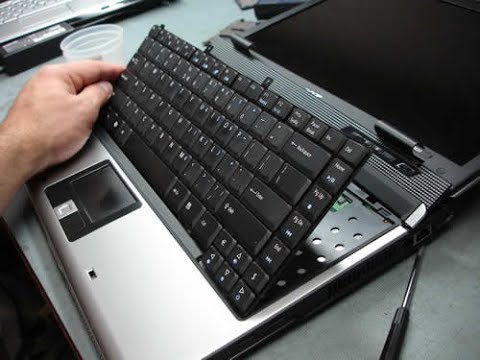
Laptop keyboard replacement involves removing and replacing a faulty or damaged keyboard to restore the functionality of your laptop. Common issues that necessitate replacement include unresponsive keys, stuck keys, or physical damage to the keyboard. The process typically includes disconnecting the existing keyboard from the laptop's motherboard, carefully removing it, and installing a new one. This task requires precision to avoid damage to the laptop's internal components and often involves handling small screws and connectors. Proper replacement ensures that the laptop returns to full operational capability, providing a comfortable and reliable typing experience.
Laptop motherboard repair involves diagnosing and fixing issues related to the central circuit board that connects and allows communication between all the laptop's components. This repair process can address problems such as power failures, overheating, and hardware malfunctions by identifying and replacing faulty components like capacitors, resistors, or integrated circuits. Skilled technicians use specialized tools and techniques to perform chip-level repairs, which can be cost-effective compared to replacing the entire motherboard. The goal is to restore the laptop's functionality and extend its lifespan, ensuring reliable performance for the user.
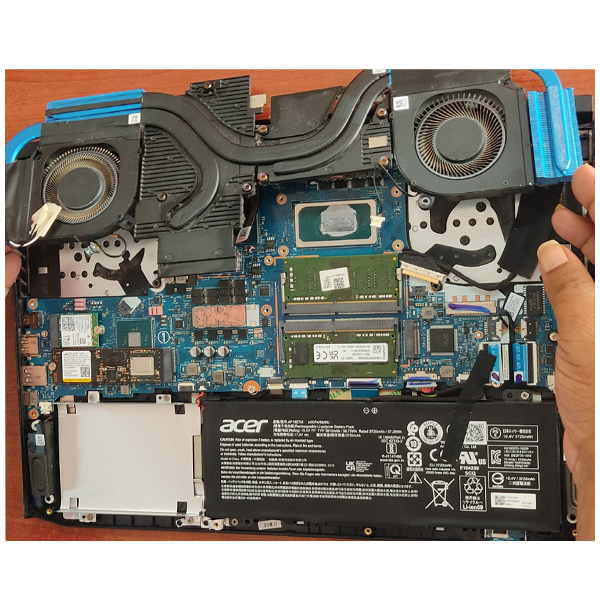
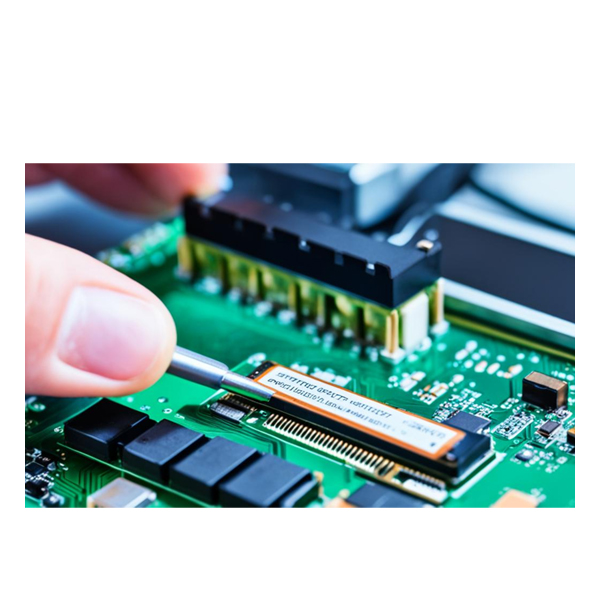
The BIOS (Basic Input/Output System) is a firmware embedded on a motherboard that initiates hardware during the startup process of a laptop and provides a low-level interface between the operating system and the hardware components. It performs the Power-On Self-Test (POST) to check and initialize hardware like the CPU, memory, and storage devices, and then loads the bootloader to start the operating system. The BIOS also allows users to configure hardware settings, manage system security, and update firmware. It is crucial for the basic functionality and performance of the laptop, serving as the bridge between the system's hardware and software.